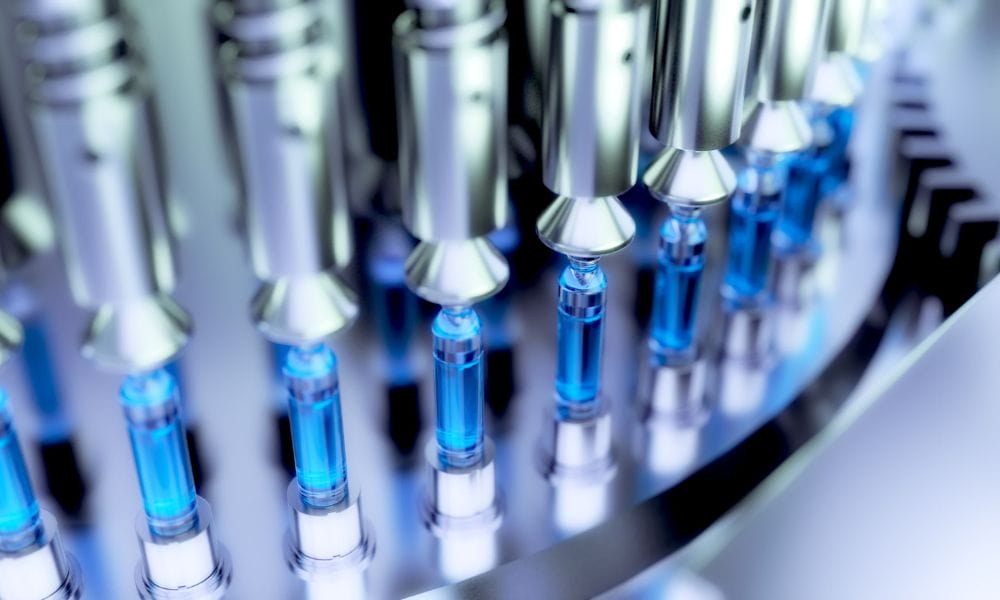Streamlining work processes makes a laboratory more efficient and effective. In a pharmaceutical lab, streamlining can save time during drug discovery and drug development. Consider these five ways to streamline pharmaceutical lab processes.
1. Outsource Lab Services
Outsourcing specific tasks can allow your lab to devote more time to its specialty. Whether you want to take advantage of another lab’s expertise or don’t have the capacity to complete services in-house, consider outsourcing specific work. One of the advantages of outsourcing custom chemical synthesis is saving time, which helps your lab develop products faster and at a high quality.
2. Improve the Workspace
Another way to streamline pharmaceutical lab processes is to improve the workspace to maximize efficiency. All materials and equipment should be organized with safety and workflows in mind. Items should be placed so staff can complete bench-level lab work without wasting time roaming the lab or sifting through supplies. The lab should have defined work areas, clear labels, and no clutter.
3. Increase Automation
Advancements in technology and pharmaceutical lab processes mean that every year presents your lab with an opportunity to increase automation. Consider how automation can free your staff’s time so they can dedicate their attention to other tasks. By decreasing manual processes, you also reduce the risk of human errors and improve the overall quality of your lab’s work.
4. Standardize Equipment and Processes
Standardizing equipment and processes can improve lab operations. Standardizing equipment also makes it easier to procure new equipment or replacements. Additionally, it ensures the availability of items you need.
Standardizing equipment and processes increases efficiency by making the lab more intuitive for employees, too. If a lab professional must perform a task in a different part of the lab, they will do so much more easily if they can use the same equipment and processes to which they’re accustomed.
5. Integrate a Laboratory Information Management System
Finally, a laboratory information management system (LIMS) is a key piece of software used in improving laboratories. A LIMS can standardize workflows, improve sample management at every stage of testing, and manage large volumes of data. A LIMS can also help automate the lab through instrument integration, where the software guides the instruments and reduces the time it takes to process and report data.







